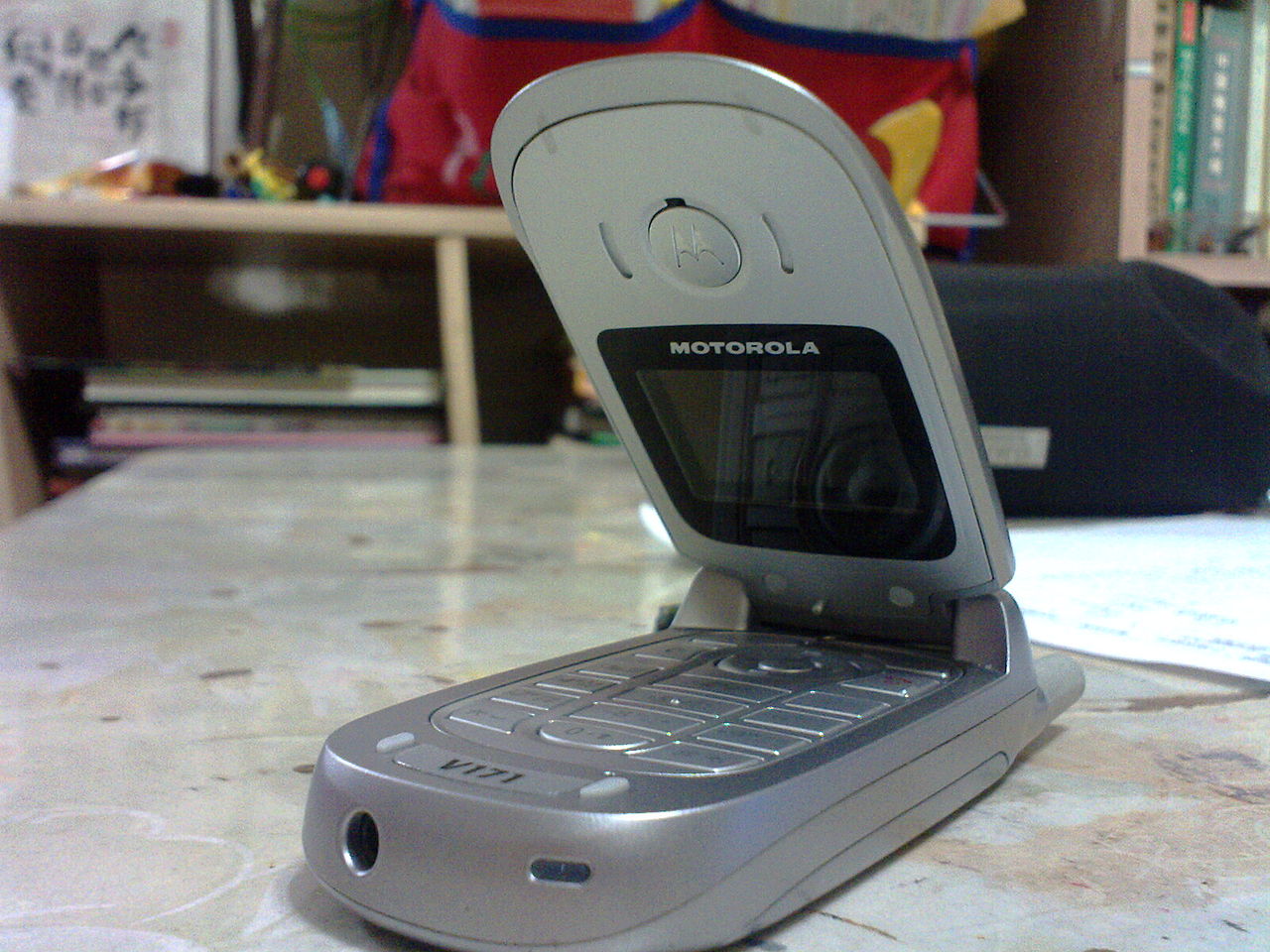
The parallels are uncanny: two pioneering brands in the mobile phone sector that then fell on hard times, were bought out by a large player from a different industry in 2014 and seemingly re-energised.
But it took over a year for Motorola to follow the example set by Microsoft with the abandonment of the Nokia brand in October last year: last week Motorola revealed that it would no longer be marketing its original Motorola brand.
Efforts will now focus on the Moto and Vibe brands, as well as the brand of owner Lenovo.
Motorola wrote on its official blog that it "made the strategic decision to focus on ‘Moto’ as our primary product brand. ‘Moto’ is synonymous with Motorola, and it conveys the Motorola brand to consumers in a contemporary and engaging way."
"This latest move is all about where we focus our brand marketing efforts in the future. That will be on our two hero smartphone brands: Moto and Vibe, with the Lenovo corporate brand tying all of our consumer and commercial products together more holistically."
In Microsoft’s case, the Nokia brand has been licensed for entry-level phones, but its main smartphone range is now simply called Microsoft Lumia.
So what drives the need to ditch a brand that, in the past, was one of the most recognisable and successful in the mobile phone market? If Moto is as ‘synonymous with Motorola’ as the blog claims, why get rid of the latter?
Both Nokia and Motorola saw their phone-selling heydays in the early days of mobile phones, long before smartphones and even before what would be called ‘feature phones’. Some of Nokia’s most famous models remain the 3310 and the 5110, progenitor of the original ‘Snake’ game.
Nokia’s market share peaked in 2008, at 38.6 percent, having risen steadily until that point, according to figures from Statistica. It plunged rapidly to 9.9 percent in 2014, the year of the Microsoft acquisition.
The same goes for Motorola, which in 1997 commanded a hefty 23.5 percent market share and by 2012 had seen this decline to 1.9 percent. Motorola has actually been around for far longer than most mobile brands, originally founded as a manufacturer of car radios in 1928.
The decline from such grand heights is partly explained by the increased fragmentation of the market and the addition of new players such as Apple; the figures show no single player with a share above 25 percent by 2014, with Samsung the leader at 20.9 percent. However, the decline experienced by these two once-dominant players is strikingly precipitous even with this in mind.
Could it be, then, that the formerly successful brands have not only ceased to have any appeal to consumers, but have actually become something of a drag on the appeal of the devices?
It is hard to accurately gauge perception of a brand, but there is no denying Motorola was better known in the past than it is now. Lenovo is putting its faith in the Moto brand, which shifted its first devices in 2013, the Moto X and the Moto G, while it was still owned by Google. This means that Moto has only ever existed as a smartphone brand.
However, the name ‘Moto’ will be familiar to past Motorola fans from its use in a series of adverts in the 2000s, which featured the catchphrase "Hello Moto".
The claim that ‘Moto’ and Motorola are essentially the same, then, perhaps indicates an effort to retain fans of older Motorola devices while telling potential fans that it is a brand that can keep up with technological change in the smartphone age.
As the blog adds: "Although it will not be the focus of our marketing, it will continue to be used on packaging and elsewhere, so as to ensure that the rich history and association is never lost. The legacy and the goodwill associated with the Motorola brand will also live on through our licensees."
The same dilemma exists for Microsoft and Nokia. A Gartner report following the Microsoft acquisition of Nokia wrote that the "perception that both Microsoft and Nokia have not yet made the transition to the new mobile world, driving innovation and delivering a compelling mobile experience, will continue to be a major problem."
In a canned interview on a Microsoft website at the time that the Nokia brand was dropped, Tuula Rytilä, Senior Vice President of Marketing for Phones at Microsoft, said:
"With Lumia phones, Microsoft delivers the power of everyday mobile technology to everyone. We’ve introduced innovations such as advanced camera features, wireless charging, industry-leading design – and have worked to bring across our portfolio."
Again, the intended image is one of a dynamic, modern brand that embraces innovation.
While the death of the Motorola and Nokia brands might prompt some nostalgic disappointment, however, there is a clear recognition among the vendors of the importance of updating and modernising brands as circumstances change.






